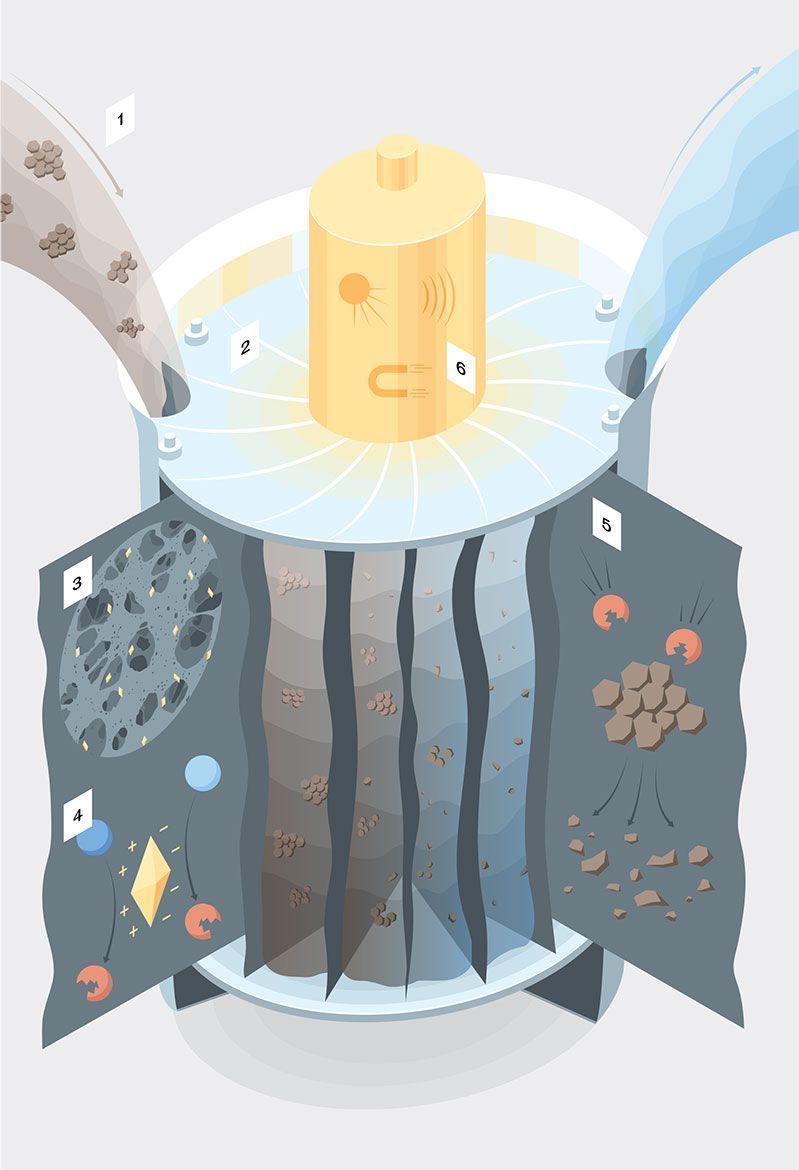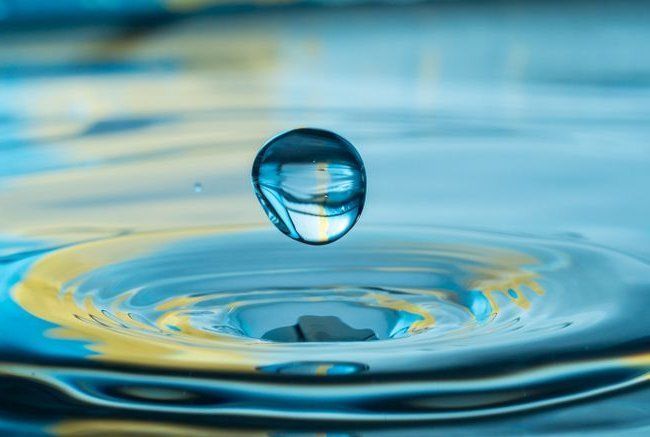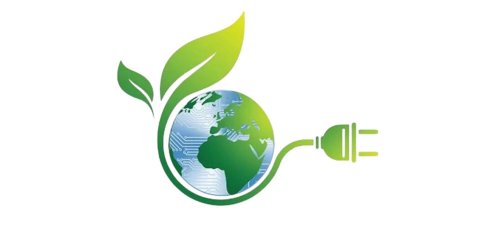Oxyle, a Swiss company, has found a way to radically purify water contaminated with perfluoroalkyl and polyfluoroalkyl compounds (PFAS) while reducing costs.
This was reported by Euronews.
Until now, water purification from PFAS has faced obstacles.
Fajer Mushtaq, co-founder of Oxyle, says that many bottled water contains PFAS, and after treatment with the new technology, their content is even lower than in bottled water. In her doctoral dissertation, the researcher developed nanoparticles that can oxidize and destroy these pollutants.
Why is removing PFAS so difficult?
The heat-resistant and water-repellent properties of PFASs make them attractive materials for making durable consumer products (such as non-stick pans, waterproof clothing and stain-resistant fabrics), but it also means they are difficult to destroy. When we wash clothes containing these timeless chemicals, we inadvertently dump them into our water bodies along with our wastewater. PFAS are also present in some pesticides and firefighting foam.
Their release into the environment is endemic, and since some PFASs take more than 1,000 years to break down, they have accumulated in huge amounts. Their ubiquity creates a costly problem.
"They're called 'forever chemicals' for a reason. They're not easy to biodegrade. They're not easy to remove. That's why they were used in the first place," says Karin Georges, who co-authored the UKWIR article on PFAS solutions.
Complicating matters is the difference between PFASs, as there are over 10,000 different PFASs that vary widely in their physical and chemical properties. Therefore, you need to use different methods to remove them.
In 2021 UKWIR identified incineration as the only way to permanently destroy PFAS. This usually requires burning at temperatures in excess of 1,000°C and the expenditure of enormous amounts of energy.
What are the risks of PFAS to human health?
The exact effects of PFAS on our health are not yet known, but studies have linked the perennial chemicals to some cancers (including kidney and prostate), a lowered immune system, hormonal changes and high blood pressure.
How does Oxyle work?
The new technology removes PFAS by breaking the bonds between the molecules. It breaks down long and short chains into component parts that can be safely disposed of.
"Let's say you have a carbon-hydrogen bond. We break it. You have a carbon-fluorine bond, we break it. At the end of the treatment, all you have left is CO2, water molecules, some fluoride, sulfates and minerals are essentially building blocks," Mushtaq says.
The chemistry is not new, she explains, and is already being used by several companies. What sets Oxyle apart from others is how it creates energy to facilitate the reaction. Where others might run electricity through electrodes or apply ultraviolet light to wastewater (both expensive and energy-intensive processes), Oxyle uses mechanical energy, such as vibrations caused by bubbles or water flow.
Then, the nanoporous material created during Mushtaq's doctoral dissertation is added to the water, where it forms a catalyst.
"It activates and starts to split the water, forming different chemical compounds that are able to break the bonds of these PFAS molecules," she says.

The use of bubbles reduces Oxyle's energy consumption by at least 15%, and in some cases even by 60%. According to the inventor, energy is the biggest cost driver of the destruction technology, which means that Oxyle can offer lower operating costs than its competitors.
Earlier, EcoPolitic told that startup Bacteria has developed a method of obtaining clean energy with the help of soil bacteria.





